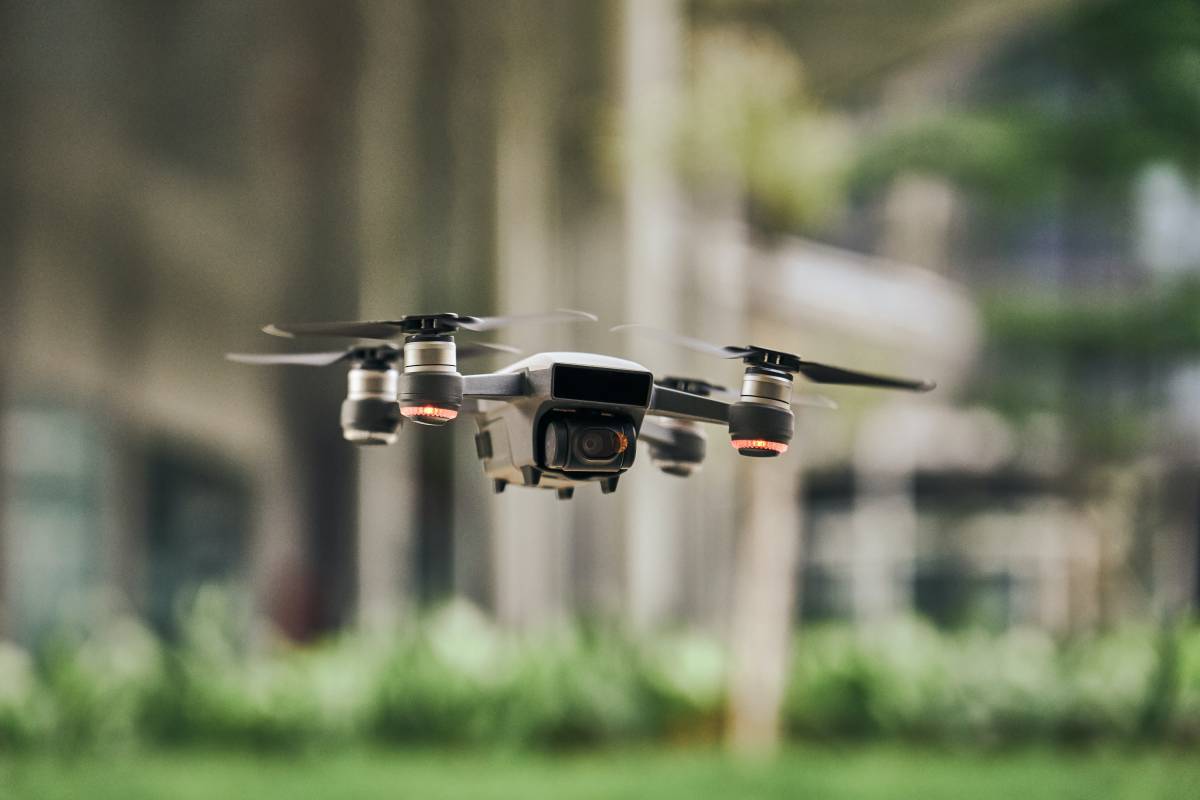
Technology is neither moral nor immoral. It is said to be amoral and revelatory. Technology per se is a value neutral resource and proposition. The future battle space will be shaped by technology and technological superiority will determine the outcome of future battles. It is therefore essential that technological self-reliance remains the mantra for the future and a collective national effort be initiated to achieve this in the quickest possible time ensuring that technological developments are commensurate with our desired military capability. This underlying philosophy stands true in the realm of Drones and its usage. Harnessing the usage of drones on a malignant tangent has called for development of counter drone systems. The recent attack on the Jammu Air base of the Indian Air Force and many recent sightings of drones near critical installations have called for a quick deployment of an effective counter drone system.
Small drones have been used to attack state actors. Counter-drone technology will have to be deployed subsequently as countermeasures to tackle this threat and to make sure we are able to detect this risk. Usage of drone technology by non-state actors represents a very major shift in the modus-operandi of terrorists. A new market of counter drone is constantly increasing given the rise of such threats.
Drones pose multiple risks which can be bucketed into broad three categories:
- Privacy risk (Ex - Illegal ISR (Intelligence, Surveillance and Reconnaissance operations))
- Penetration risk (Ex - Intelligence gathering)
- Security Risk (Ex - Smuggling of weapons and contraband)
To mitigate the risk, a system like counter drone has three components meshed around as a system:
- Detection & Identification
- Tracking
- Neutralisation
As such drone attacks have increased in frequency, it is a watershed moment in asymmetric warfare and underlines the need for the armed forces to build capabilities to deter, detect and neutralise such aerial threats. The most threatening aspect is the use of swarm drones to target specific critical installations – military or non-military assets.
Drone technology itself is not standing still, and advances in this area will pose new challenges for counter-drone systems. As the unmanned aircraft systems market expands and the range of readily available aircraft types becomes more diverse, counter-drone systems will need to be flexible enough to detect and neutralize drones that come in a wide variety of shapes and sizes.
The need for a long-term vision and an effective plan to have a modular, scalable mission technology system which detects, identifies, tracks, and mitigates UAS (Unmanned Aerial Systems) threats using precision-neutralization techniques that ensure little to no collateral damage to the surrounding radio frequency (RF) spectrum and existing communications is the need of the hour. AGNIi Mission at Invest India has been working at meshing the networks deployed in developing this niche technology and add to the technological capacity of the country. Last but not the least, a five trillion-dollar economy will need more security/ protection than currently available. That will need a greater degree of funding and commitment. There are hard yards in the road.
This blog has been authored by Anagh Singh.
- https://www.militaryaerospace.com/unmanned/article/16707131/the-new-world-of-counterdrone-technology
- https://www.researchgate.net/profile/Bruno-Martins-4/publication/348189950_Countering_the_Drone_Threat_Implications_of_C-UAS_technology_for_Norway_in_an_EU_and_NATO_context/links/5ff3240492851c13feeb0e08/Countering-the-Drone-Threat-Implications-of-C-UAS-technology-for-Norway-in-an-EU-and-NATO-context.pdf


